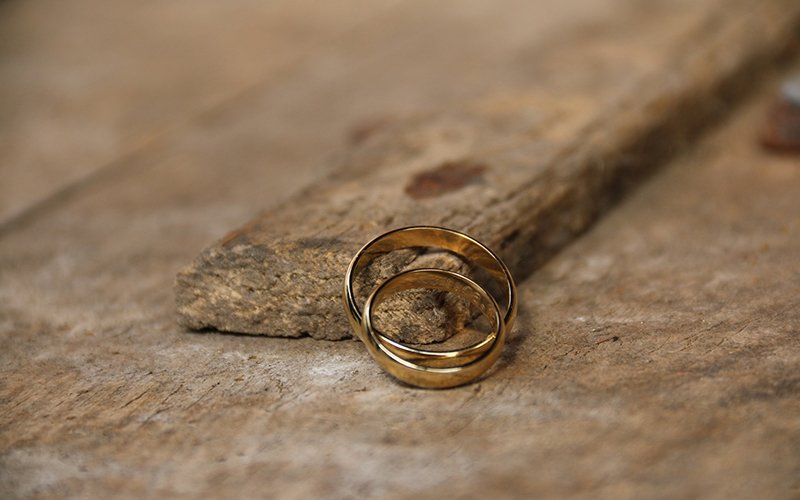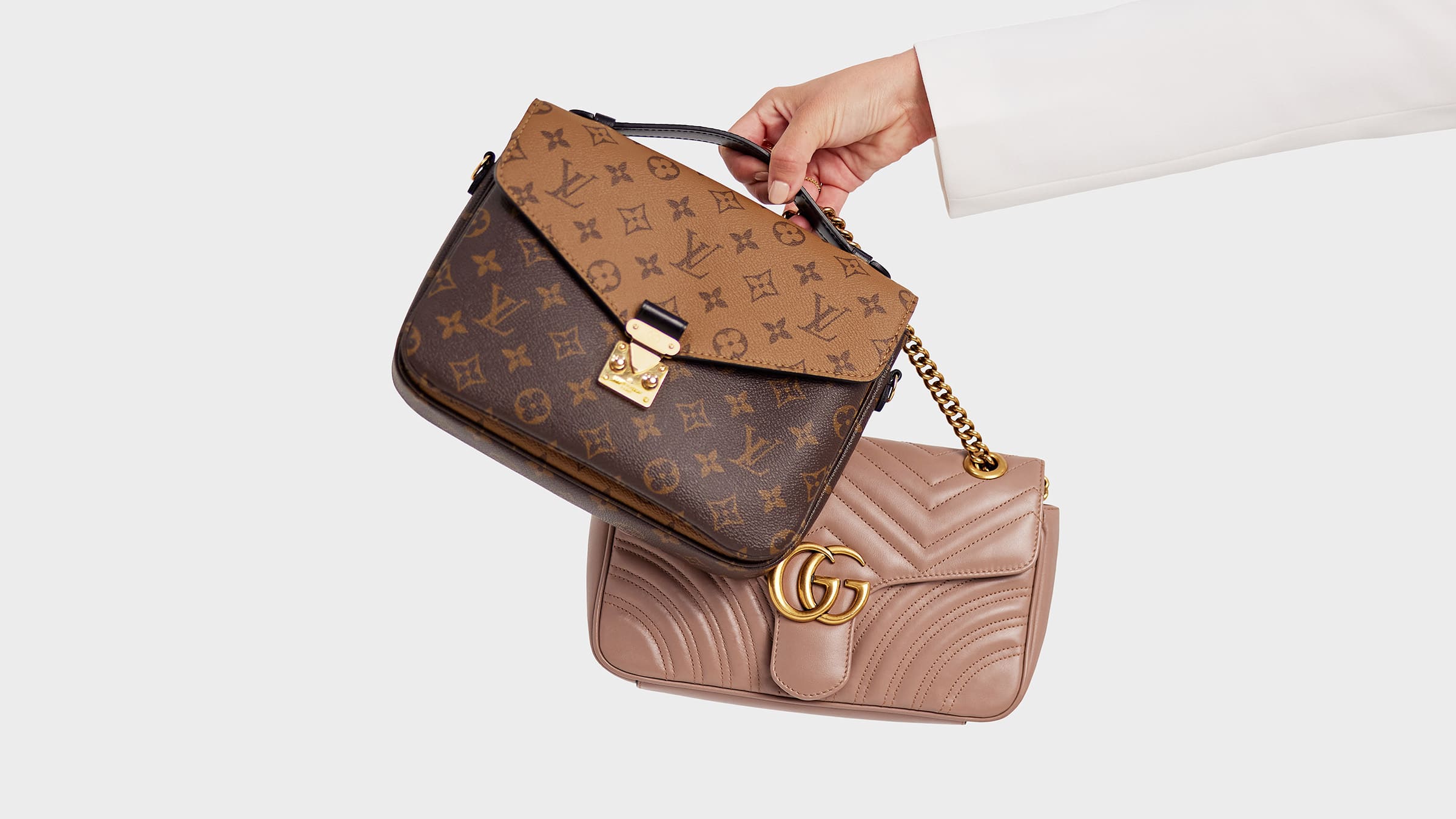
Diamonds have captivated hearts for centuries, symbolizing love, commitment, and luxury. In recent years, the rise of man-made diamonds has transformed the diamond industry, offering consumers a sustainable and ethical alternative to traditional mined diamonds. This comprehensive guide delves deep into the various diamond shapes guide, focusing on man-made diamonds and what makes them a compelling choice for discerning buyers.
Understanding Man-Made Diamonds
Man-made diamonds, also known as lab-grown diamonds, are created through advanced technological processes that mimic the natural formation of diamonds. These diamonds share the same physical, chemical, and optical properties as their mined counterparts, making them indistinguishable to the naked eye. The two primary methods for creating man-made diamonds are High Pressure High Temperature (HPHT) and Chemical Vapor Deposition (CVD).
HPHT diamonds are createdreplicating the natural conditions under which diamonds form deep within the Earth. CVD diamonds, on the other hand, are producedbreaking down carbon-containing gases to allow carbon atoms to deposit onto a substrate, forming diamond crystals over time. Both methods yield stunning gemstones that meet the highest standards of quality and clarity.
Popular Diamond Shapes for Man-Made Diamonds
When selecting a diamond, the shape is one of the most critical factors to consider. The shape not only affects the diamond’s appearance but also influences its overall brilliance and sparkle. Here are some of the most popular diamond shapes available in man-made diamonds:
Round Cut
The round cut diamond is the most popular and widely recognized diamond shape. Known for its exceptional brilliance, this shape features 58 facets that maximize light return, resulting in a dazzling display of sparkle. Ideal for engagement rings, round cut diamonds offer versatility, fitting seamlessly with various settings and styles.
Princess Cut
The princess cut is the second most popular diamond shape, known for its modern and chic appearance. This square or rectangular shape is characterizedits pointed corners and brilliant faceting, which create a striking play of light. Perfect for those seeking a contemporary aesthetic, princess cut diamonds are a fabulous choice for both engagement rings and fashion jewelry.
Emerald Cut
The emerald cut is distinguishedits rectangular shape and step-cut facets, which create a hall of mirrors effect. This shape emphasizes the diamond’s clarity and color, making it an excellent choice for those who appreciate understated elegance. Emerald cut diamonds are often favored for their sophisticated look, ideal for vintage-inspired designs.
Asscher Cut
Similar to the emerald cut, the Asscher cut features a square shape with step-cut facets. However, the Asscher cut has a more pronounced depth, giving it a unique appearance. This shape highlights the diamond’s clarity, making it an excellent choice for those who prioritize quality over quantity. Asscher cut diamonds exude vintage charm and are perfect for a classic engagement ring.
Cushion Cut
The cushion cut is a blend of round and square shapes, characterizedits soft, rounded corners and larger facets. This cut maximizes brilliance while providing a romantic and vintage feel. Cushion cut diamonds are available in various sizes and ratios, allowing for a personalized choice that suits individual preferences.
Oval Cut
The oval cut is a beautiful elongated shape that offers a unique alternative to the traditional round cut. This shape creates the illusion of a larger diamond, making it an attractive option for those looking for more presence without compromising on quality. Oval cut diamonds radiate elegance and are perfect for modern and classic settings alike.
Pear Cut
The pear cut, also known as the teardrop shape, combines the best features of both round and marquise cuts. Its unique shape offers a stunning silhouette, ideal for earrings and pendants. Pear cut diamonds provide a sense of elegance and grace, making them a favorite among those seeking something different yet sophisticated.
Marquise Cut
The marquise cut is characterizedits elongated shape and pointed ends, creating a distinctive appearance. This shape maximizes carat weight, resulting in a larger-looking diamond. The marquise cut is particularly flattering when set in rings, as it elongates the fingers and adds a touch of glamour.
Choosing the Right Shape for Your Style
Selecting the perfect diamond shape is an essential part of the purchasing process. When considering a man-made diamond, it’s crucial to take into account personal style, lifestyle, and the message you wish to convey. Here are some key considerations:
Personal Aesthetic
Think about your style and preferences. Do you prefer classic and timeless designs, or do you lean towards modern and trendy aesthetics? Each diamond shape has its unique charm and can cater to different tastes. The round and princess cuts are ideal for those who appreciate a classic look, while the oval and pear cuts offer a contemporary twist.
Setting Compatibility
Consider how the diamond shape will fit into your chosen setting. Some shapes, like round and princess, work well with various settings, while others, such as the Asscher and emerald cuts, are often best showcased in specific designs. Ensure that your chosen diamond shape complements the overall style of the jewelry piece.
Lifestyle Considerations
Your lifestyle can significantly impact your choice of diamond shape. If you lead an active lifestyle, opting for a shape with fewer exposed edges, like a round or oval cut, may be wise. This ensures your diamond remains secure and less prone to chips and damage.
The Benefits of Choosing Man-Made Diamonds
Opting for man-made diamonds comes with numerous advantages that make them a compelling choice for consumers.
Ethical Sourcing
Man-made diamonds are produced in controlled environments, ensuring they are free from ethical concerns associated with mined diamonds. Consumers can purchase these diamonds with confidence, knowing they are supporting sustainable practices and not contributing to environmental degradation or human rights violations.
Cost-Effectiveness
Man-made diamonds are generally more affordable than their mined counterparts. This price difference allows consumers to purchase larger or higher-quality stones within their budget, offering greater flexibility when selecting the perfect diamond.
Environmental Impact
The production of man-made diamonds has a significantly lower environmental impact compared to traditional diamond mining. Mining operations often result in habitat destruction, soil erosion, and water pollution. In contrast, lab-grown diamonds are created with minimal ecological footprint, making them a more sustainable option.
Quality Assurance
Man-made diamonds undergo rigorous quality control processes, ensuring they meet the highest standards. Buyers can feel confident knowing their diamond has been evaluated for clarity, cut, color, and carat weight, resulting in a superior product.
Caring for Your Man-Made Diamonds
To ensure the longevity and brilliance of your man-made diamonds, proper care is essential. Regular cleaning and maintenance will keep your diamonds sparkling for years to come. Here are some tips for caring for your diamonds:
Regular Cleaning
Clean your diamonds regularly using a mild soap solution and a soft brush. Avoid harsh chemicals that can damage the stone. For deeper cleaning, consider visiting a professional jeweler who specializes in diamond care.
Safe Storage
Store your diamonds separately from other jewelry to prevent scratches and damage. Use a soft cloth or a jewelry box with compartments to keep your diamonds safe and secure.
Routine Inspections
Periodically inspect your diamond jewelry for any signs of wear or damage. Check the settings to ensure the stones remain secure, and address any issues promptly to avoid losing your precious gems.
Conclusion: The Future of Diamonds
As consumers increasingly prioritize ethical considerations and sustainability, man made diamonds are poised to play a significant role in the future of the diamond industry. Their beauty, affordability, and environmental benefits make them an attractive choice for buyers seeking high-quality diamonds without compromising their values.

